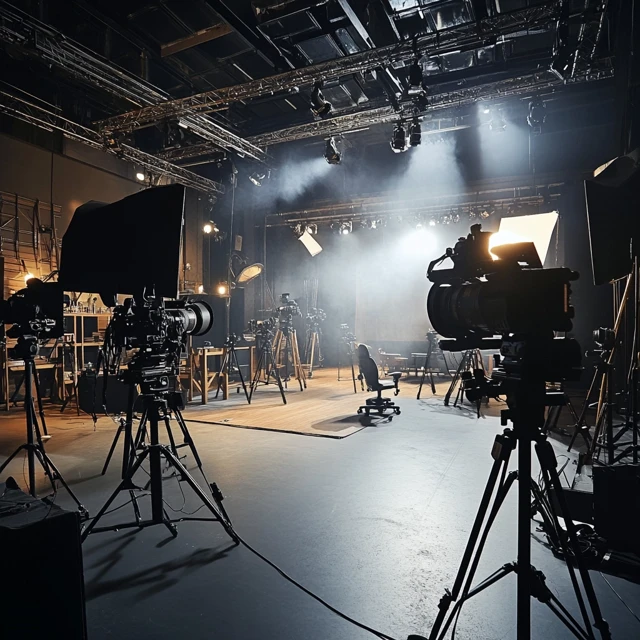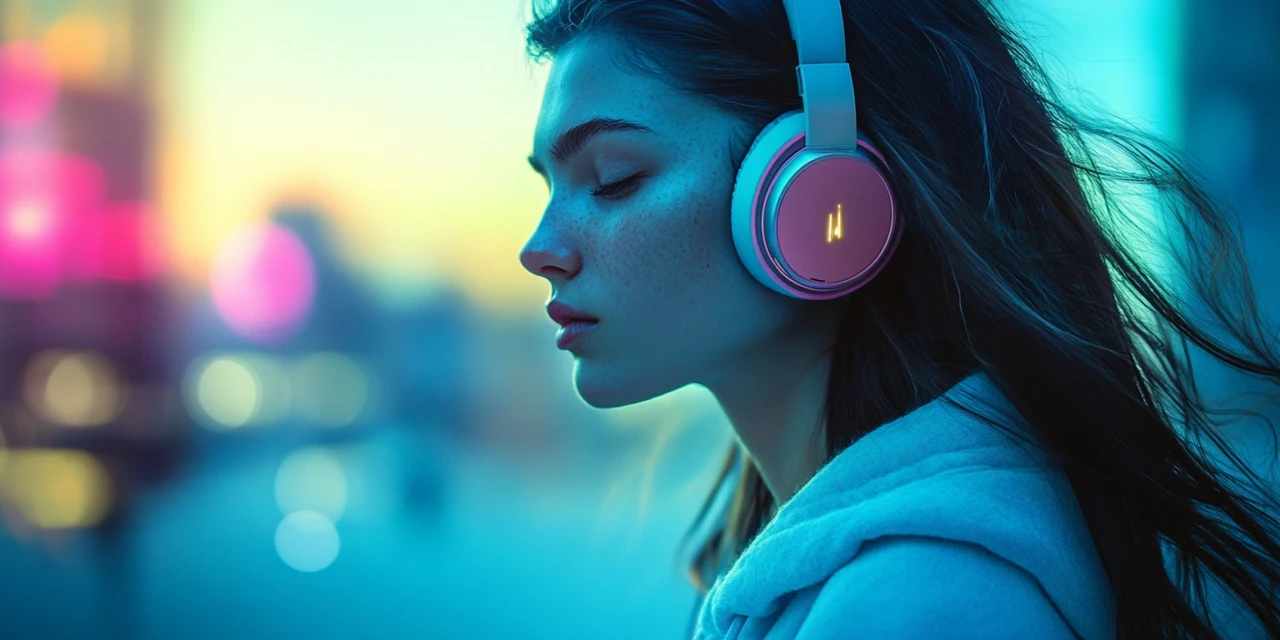Introduction: The Evolving Art of Movie Production
From epic superhero blockbusters to small indie dramas, filmmaking has transformed dramatically
in recent years. Digital cameras, CGI wizardry, advanced post-production techniques, and global
streaming have all impacted how stories get told on screen. But while technology leads the charge,
collaboration, creativity, and storytelling remain at the heart of every successful project.
In this article, we'll explore the stages of modern film production—from concept development to
final release—revealing the role of green screens, motion capture, virtual sets, and more.
Whether you're a budding filmmaker or a curious movie buff, here's a behind-the-scenes look
into the magic of cinematic creation.
1. Pre-Production: Where Ideas Take Shape
Every movie starts with a spark—an idea, a script, or a pitch. During pre-production,
this raw concept is fleshed out into a workable plan:
- Scriptwriting & Revisions: Screenwriters refine plots,
dialogue, and structure. Many projects pass through multiple drafts or script doctors
to ensure a cohesive story.
- Budgeting & Funding: Producers determine how much the film
will cost, securing investors or studio backing. For large blockbusters, budgets can
soar into the hundreds of millions.
- Casting & Talent Booking: Directors seek actors who match characters'
nuances, while scheduling must align with star availability.
- Location Scouting & Design: Production designers conceptualize
sets or scout real-world locations. Virtual sets or green-screen plans might be chosen
if realism or fantasy settings demand advanced visuals.
Meticulous planning during this phase reduces on-set chaos and ensures everyone shares
a creative vision before the cameras roll.
2. Production: Lights, Camera, Action!
Once the budget, cast, and logistics are set, filming begins—where the script
comes to life in front of cameras:
- Digital Cinematography: High-end digital cameras dominate major sets,
capturing ultra-high resolution images (4K, 6K, even 8K). Directors of Photography use
advanced rigs to achieve dynamic shots.
- Green Screens & VFX: Sci-fi or fantasy movies rely on large
chroma-key backdrops. Actors might stand in a mostly empty space, with 3D environments
added later in post-production.
- Practical Effects & Stunts: While CG is prevalent, practical
elements—real explosions, stunt choreography—deliver authenticity. Stunt coordinators
ensure safety while achieving high-impact sequences.
- Motion Capture & Performances: Actors wear sensor-laden suits
that track movement and facial expressions, feeding data to animators who craft
digital creatures or avatars with realistic nuance.
Modern sets blend physical sets, digital screens, and real-time feedback so
directors can see how everything might appear in the final cut—even while filming.
3. Post-Production: The Magic of Editing & VFX
Filming is only the midpoint—post-production refines raw footage into a polished cinematic gem:
- Editing & Sound Design: Editors piece together the story's best takes,
shaping pacing and emotional beats. Sound engineers add effects, ambiance, and finalize
the movie's audio texture.
- VFX & CGI Integration: Visual effects artists replace green screens
with majestic vistas, create fantastical creatures, or enhance practical sets with digital flourishes.
- Color Grading: Colorists ensure visual consistency, adjusting brightness,
contrast, and hues to craft the film's mood—be it warm and nostalgic or bleak and desaturated.
- Music & Score: Composers and musicians create original soundtracks
or songs that elevate key scenes, while licensing departments handle rights for existing music
if needed.
This collaborative stage merges art and technology, shaping everything from a shot's color palette
to the roaring creature effects that define cinematic spectacle.
4. Distribution: Theatrical, Streaming & Beyond
Once finished, the movie is ready for audiences—yet distribution models have evolved
with streaming's rise:
- Traditional Theatrical Releases: Big-budget films still seek
box office success in cinemas worldwide. Marketing campaigns ramp up with trailers,
talk show appearances, and social media tie-ins.
- Simultaneous Streaming Premieres: Some studios opt to debut
movies in theaters and on streaming platforms simultaneously—reaching at-home
viewers while tapping ticket sales in major markets.
- Direct-to-Streaming Originals: Services like Netflix, Prime, or
Apple TV+ finance their own productions, bypassing theatrical runs entirely.
The global pandemic accelerated this approach, making exclusive streaming
“event movies” more common.
- Virtual Fan Engagement: Online watch parties, social media
live Q&As with cast, or behind-the-scenes featurettes keep hype alive
after release. Digital marketing can be as crucial as physical billboards
or TV spots nowadays.
This distribution shift has reshaped revenue models, impacting how filmmakers
aim for success and how audiences find new releases—often from the comfort of home.

5. Emerging Tech Shaping Future Films
The film industry continually embraces cutting-edge tools that redefine cinematic possibilities:
- Virtual Production & LED Stages: Instead of green screens,
giant LED walls display real-time 3D backgrounds that move with the camera's perspective,
allowing actors to see and respond to their digital environment on set (as seen in
productions like “The Mandalorian”).
- AI-Assisted Editing & Script Analysis: Machine learning can
propose edit cuts based on pace or mood, or help scriptwriters gauge audience
sentiment early in the process.
- High-Frame-Rate & 3D Innovations: While not always mainstream,
advanced frame rates and refined 3D tech push immersion for big spectacle releases.
- Interactive Storytelling: Some streaming platforms experiment
with choose-your-own-adventure style films, letting viewers make plot choices
mid-watch, bridging gaming and cinema.
These breakthroughs signal even more immersive, creative, and user-driven
cinematic experiences on the horizon.
Key Filmmaking Stages & Tools
| Stage |
Core Activities |
Primary Tools/Tech |
| Pre-Production |
Script finalization, budgeting, casting |
Screenwriting software, budgeting apps, scheduling tools |
| Production |
Filming, green screen usage, motion capture |
Digital cameras (4K+), LED walls, MOCAP suits |
| Post-Production |
Editing, VFX, color grading |
Advanced editing suites, CG software, color grading tools |
| Distribution |
Theatrical release, streaming platforms |
Online streaming services, festival circuits, marketing campaigns |
Understanding each stage—and the cutting-edge tech within—reveals how modern
movies go from script to silver screen (and beyond).
Conclusion
Today's filmmakers unite art and technology in ways unimaginable a few decades ago.
Digital cameras, real-time VFX, streaming distribution, and global collaboration
have reshaped production processes, giving rise to a new era of visually spectacular,
interactive, and swiftly made content.
Yet, amid all the tech wizardry, a movie's success still depends on strong storytelling,
engaging characters, and passionate collaboration—from writers and directors to visual
effects teams and marketing pros. As virtual production, AI, and immersive experiences
grow, expect even more innovative ways for audiences to experience cinematic stories
in the near future. Lights, camera, future!

